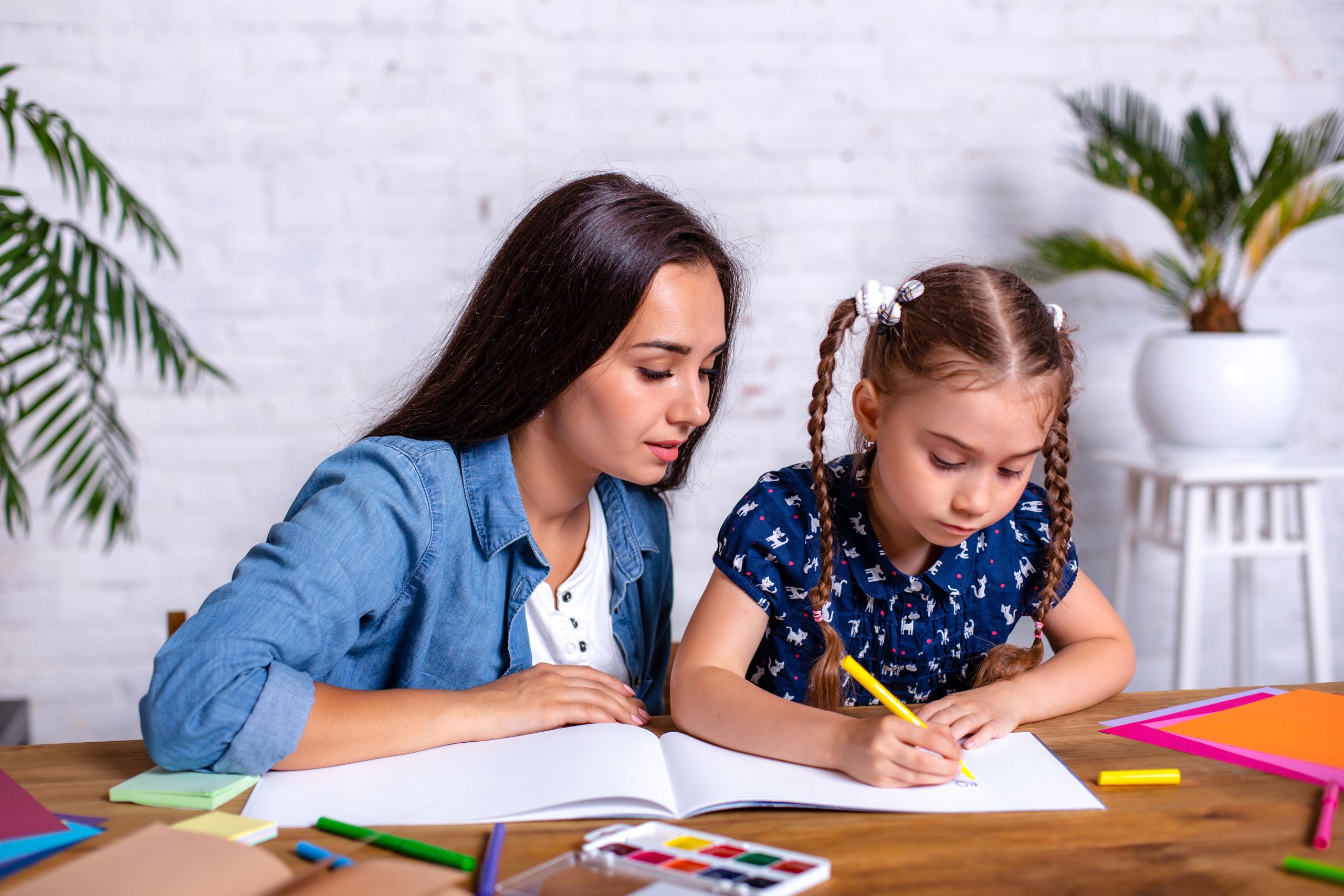
Preschool Home Tutor: Twisted Tutoring
Preschool home tutoring is increasingly popular as parents seek individual attention and support for their children. However, traditional teaching methods may not be effective for preschoolers with short attention spans and limited learning abilities. Twisted tutoring offers a unique approach to teaching preschoolers through interactive learning via games, songs, storytelling, and art. This article will delve into what twisted tutoring entails and its benefits for preschoolers.
Understanding Twisted Tutoring
Twisted tutoring employs interactive and unconventional methods to engage preschoolers in learning. It adapts to the limited attention span and learning abilities of preschoolers, making learning enjoyable and engaging. The goal is to improve retention, engagement, and overall success by creating a relaxed and comfortable learning environment.
The Benefits of Twisted Tutoring
Twisted tutoring offers several benefits for preschoolers:
- Encourages creativity: By allowing exploration through art projects, storytelling, and games, preschoolers develop better problem-solving skills and think outside the box.
- Develops social skills: Interactive learning helps preschoolers in communication, cooperation, and teamwork.
- Improves retention: Through interactive methods, preschoolers remember what they have learned effectively.
- Builds confidence: Providing a comfortable environment fosters confidence and self-esteem.
- Promotes independence: Learning at their own pace encourages independence and self-motivation.
Implementing Twisted Tutoring
Implementing twisted tutoring requires planning and creativity. Here are some tips:
- Use games: Games make learning engaging and effective for preschoolers, teaching concepts like letters and numbers.
- Incorporate songs: Songs aid in teaching various concepts such as counting and spelling.
- Utilize storytelling: Stories help in teaching about different cultures, animals, or scientific concepts.
- Include art projects: Art projects teach about colors, shapes, and animals while encouraging creativity.
- Allow breaks: Recognize preschoolers’ short attention spans and allow breaks when needed.
- Provide positive feedback: Encourage preschoolers with positive reinforcement and praise.
- Tailor to interests: Customize tutoring to each preschooler’s interests and abilities.
Twisted Tutoring in Action
Let’s see an example of twisted tutoring in action:
Maggie, a preschool home tutor, specializes in twisted tutoring. She works with Jack, a four-year-old struggling with counting. Instead of traditional methods, Maggie engages Jack with games, songs, and art projects tailored to his interests, like dinosaurs. Through this approach, Jack improves his counting skills while enjoying the learning process.
Conclusion
Twisted tutoring is a unique and effective approach to preschool education, promoting engagement, creativity, and socialization. By incorporating interactive and unconventional methods, preschoolers can develop crucial skills in a relaxed learning environment tailored to their needs and interests.
Further Exploration
Explore the various aspects of twisted tutoring:
- The Benefits of Twisted Tutoring for Preschoolers
- How to Create a Twisted Tutoring Lesson Plan for Preschoolers
- Common Challenges of Twisted Tutoring and How to Overcome Them
- Twisted Tutoring Success Stories: Real-Life Examples of Preschoolers Who Thrived
- The Future of Twisted Tutoring: Revolutionizing Preschool Education
Additionally, consider the application of twisted tutoring in various settings like homeschooling, community centers, museums, summer camps, and online learning to make education more engaging and effective.
Impact on the Community
Twisted tutoring for preschoolers can positively impact the community:
- Enhancing Early Childhood Education: By improving engagement and academic outcomes, twisted tutoring sets a strong foundation for lifelong learning.
- Addressing Learning Challenges: It offers alternative methods to cater to different learning styles and abilities, ensuring no child is left behind.
- Fostering Creativity and Innovation: By encouraging creative thinking, it cultivates future innovators and problem solvers.
- Promoting Socialization and Community Building: Group activities foster social skills and a sense of belonging, contributing to a cohesive community.
Overall, twisted tutoring nurtures a generation of confident and skilled learners, benefiting both individuals and the community at large.


